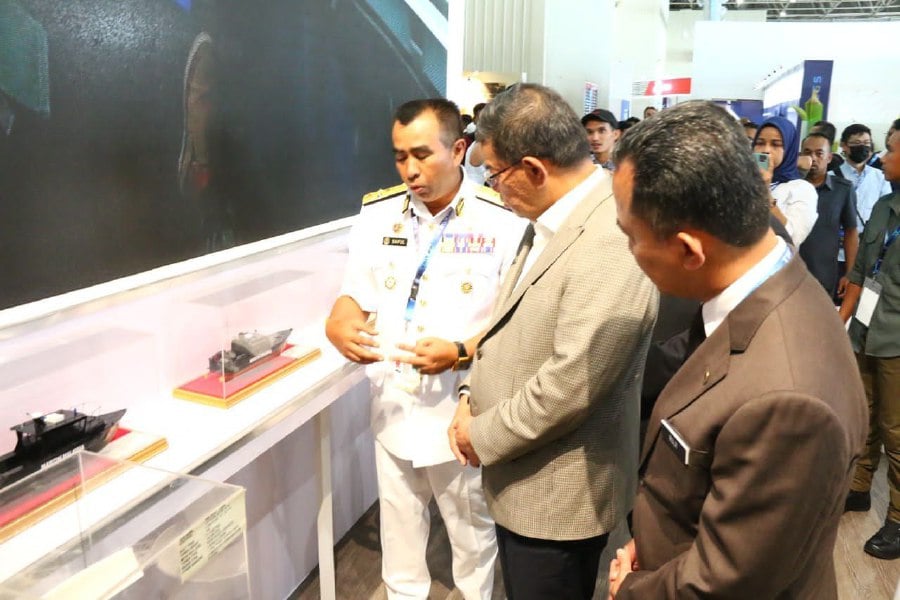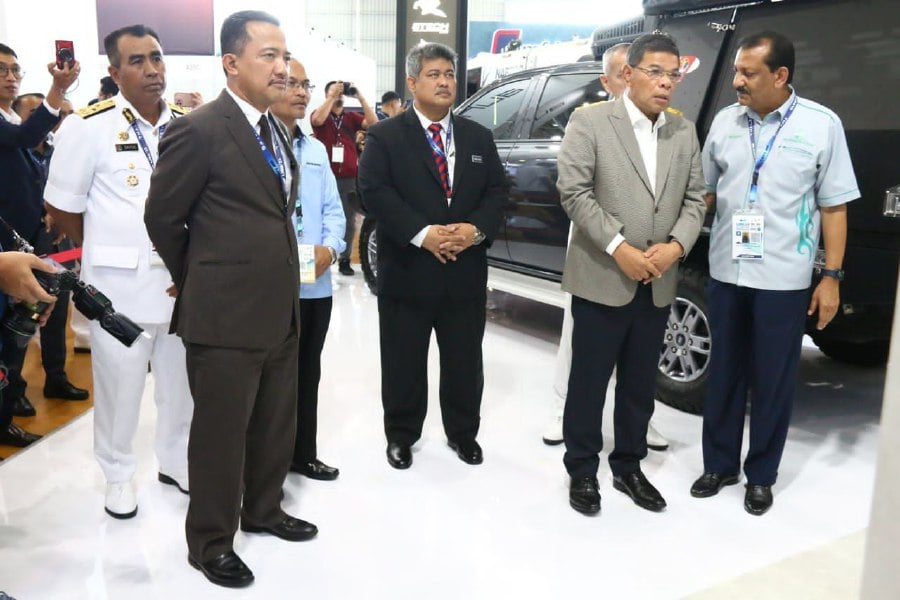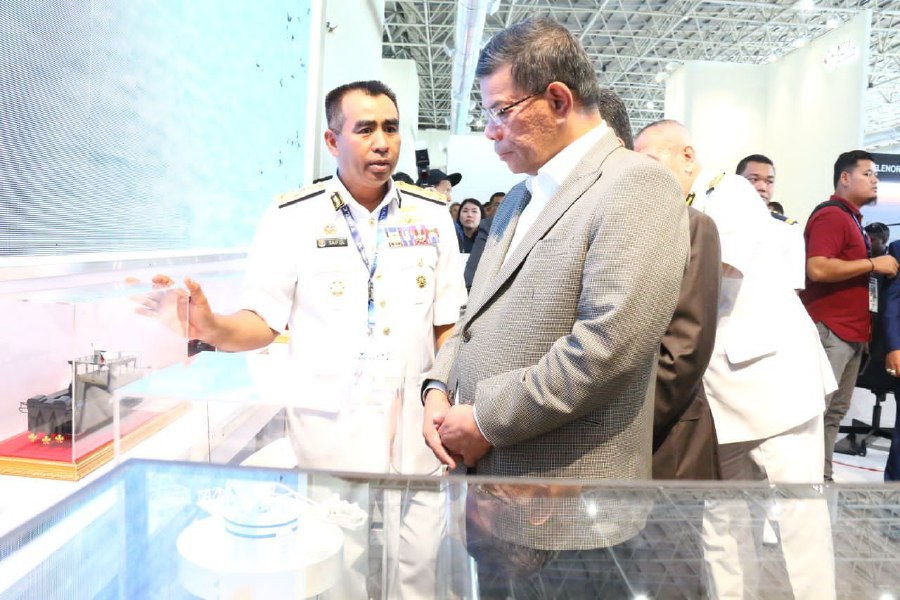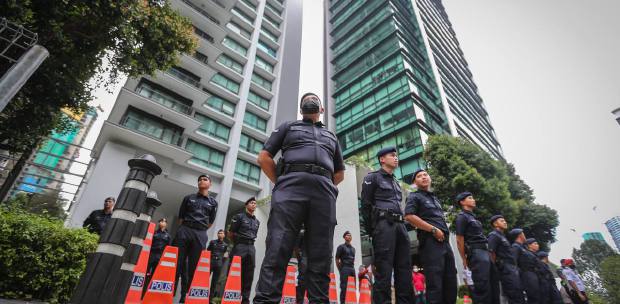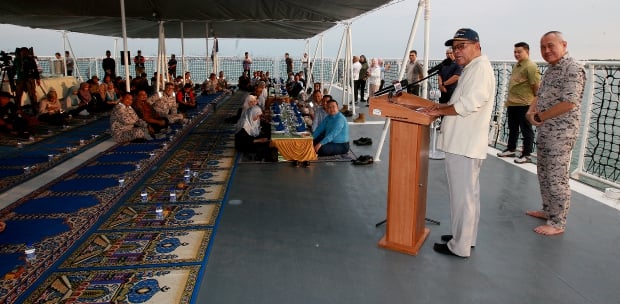LANGKAWI: Malaysia has beefed up its battle against human trafficking following the procurement of a RM4 million Mobile Surveillance Unit (MSU).
The mobile radar, operating on a platform on a four-wheel-drive vehicle, is meant to complement the Malaysia Sea Surveillance System (SWASLA) operated by the Malaysian Maritime Enforcement Agency (MMEA).

MMEA acting director-general Vice Admiral Datuk Saiful Lizan Ibrahim said the MSU was vital to enhance effective patrols and search and rescue operations as it could be used in a variety of terrain and weather patterns.
"The MSU is a valuable complement to the existing SWASLA by providing maximum sensor coverage.
"The MSU can also improve marine coverage and create surface images in close to real-time to ensure more effective patrols, search, and rescue operations," he told reporters at the handing over of the MSU by AMP Corporation (M) Sdn Bhd chief executive officer Datuk Seri Mustaffa Abd Rahman to Home Ministry secretary-general Datuk Ruji Ubi.
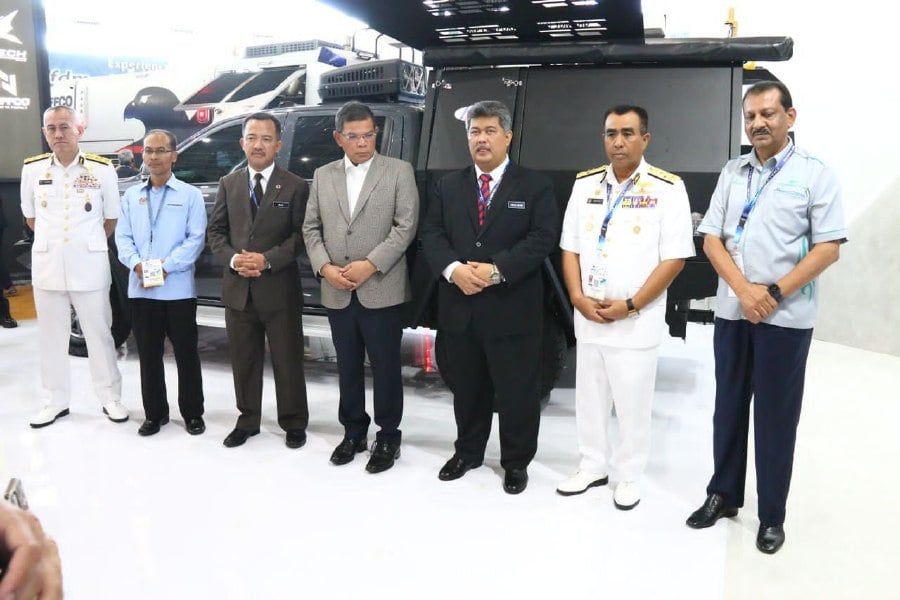
Present to witness the ceremony was Home Minister Datuk Seri Saifuddin Nasution Ismail and Finance Ministry's Technology Depository Agency (TDA) chief executive officer Dr Sharoul Jambari.
Commenting further, Saiful said the MSU which took 12 months to be developed under funding from TDA, may help to reduce dependency on aerial and marine assets to combat crimes such as cross-border trafficking, drugs smuggling, illegal fishing activities and maritime pollution.
He added that as a secondary radar, the MSU has the capacity to cover a 55 nautical mile area, as compared to the permanent RSS radar which has the capacity to cover beyond 55 nautical miles.

"The MSU is a system that can spot suspicious activity in rat routes that are not covered by the existing RSS remote sensor site radar coastline in the peninsula as well as Sabah and Sarawak.
"Our focus is to identify smaller suspicious targets in a closer range of about 25 nautical miles.
"Additionally, during search and rescue (SAR) operations, the MSU's mobile radar system will detect any objects. MMEA anticipates that this will hasten the identification of casualties at sea and minimise fatalities," he said.
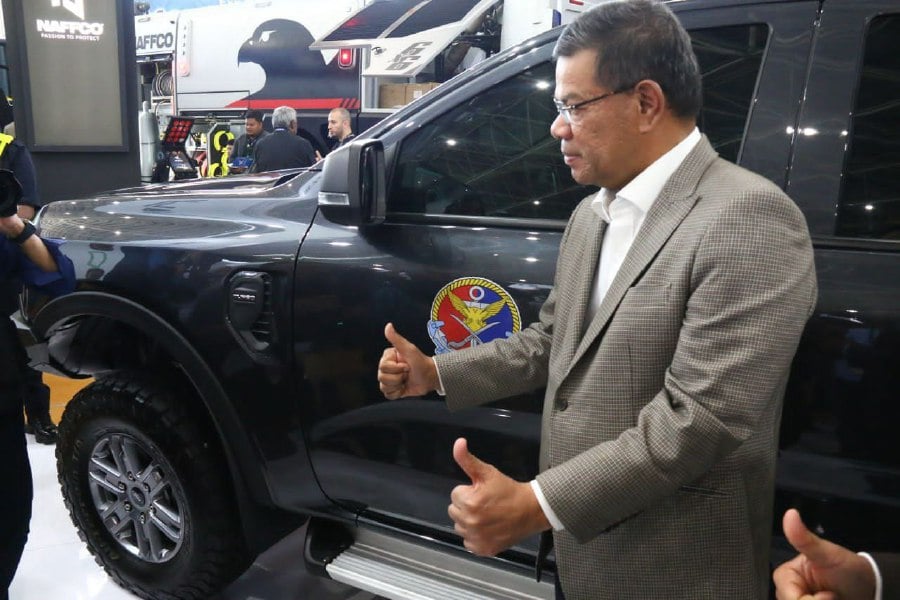
According to Saiful, the agency would require between eight to 10 more units of the mobile radar to cover the spots that are currently not covered by the RSS radars.
However, he pointed out that the ideal long-term solution is to procure permanent radars in the East Coast states, as well as the east coast of Sabah and the coastal line of Sarawak.

